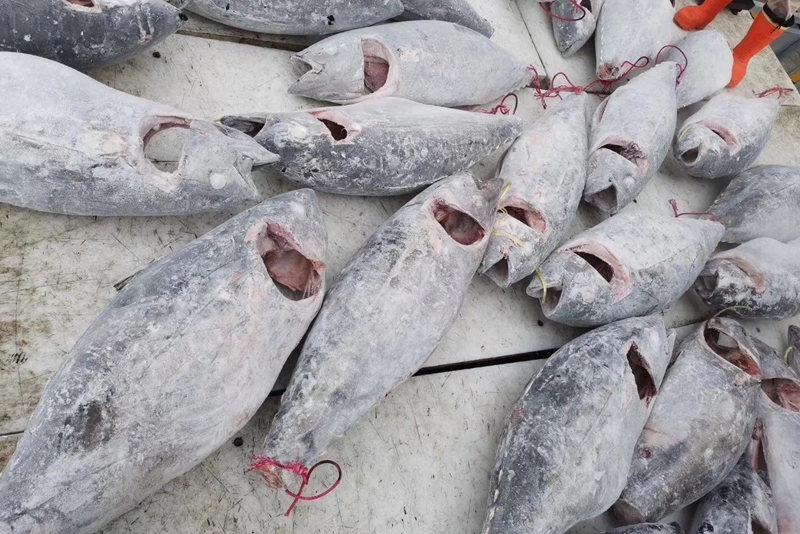How Much Does a -60°C Ultra-Low Temperature Cold Storage Cost?
Some premium seafood products—such as bluefin tuna, French Gillardeau oysters, or New Zealand frozen black abalone—require extremely low storage temperatures of -60°C to preserve their taste, texture, and freshness. For high-end food storage, maintaining the correct ultra-low temperature is critical.
But how much does it cost to build a -60°C cold room? The answer depends on several key factors.

-60℃ ultra low temperature tuna cold storage
Factors Affecting the Cost of a -60°C Cold Room
1. Cold Room Size & Capacity
The size (length, width, height) of the cold room significantly affects the cost.
For example, a 100m³ room and a 1000m³ room will have very different construction budgets.
- Larger cold rooms require more insulation panels, refrigeration capacity, and structural materials.
- However, larger volumes can reduce the unit price per cubic meter, due to economies of scale.
2. Target Temperature
Lower storage temperatures result in higher energy consumption and require more powerful equipment.
- A cold room operating at -60°C costs significantly more than one set at -20°C or -40°C.
- The refrigeration system must work harder and run longer, which increases upfront and operational costs.
3. Refrigeration Equipment
For -60°C cold storage, the refrigeration system must deliver high performance, reliability, and precise temperature control. Cascade refrigeration systems are commonly used to achieve such ultra-low temperatures.
Key features include:
- Compressor type: Semi-hermetic piston or screw compressors are ideal for stable, long-term operation.
- Cooling system: Cascade or two-stage systems ensure efficient low-temperature performance.
- Defrost method: Hot gas or electric defrost depending on moisture load.
- Redundancy: Dual units with auto-switching improve reliability.
A well-matched system ensures consistent ultra-low temperatures, energy efficiency, and minimal downtime.
4. Room Partitioning (Multi-Chamber Design)
If the cold storage is divided into multiple chambers with independent temperature control, the cost increases accordingly.
Each section may require its own evaporator, sensors, valves, and refrigeration unit.
5. Insulation Panels (PU Sandwich Panels)
Panel thickness, type, and insulation quality impact both initial and long-term costs.
- Polyurethane (PU) panels are commonly used and come in various grades (manual vs. machine-made panels).
- For -60°C rooms, high-density PU panels (200mm) with B1 fire retardant rating are recommended.
6. Design & Engineering
A professional design plan directly impacts:
- Construction cost
- Cooling efficiency
- Energy consumption
- Maintenance costs
A well-engineered cold room ensures optimal layout, airflow, insulation, and compressor selection, reducing lifetime operating costs.
 China cold storage solution provider
China cold storage solution provider
